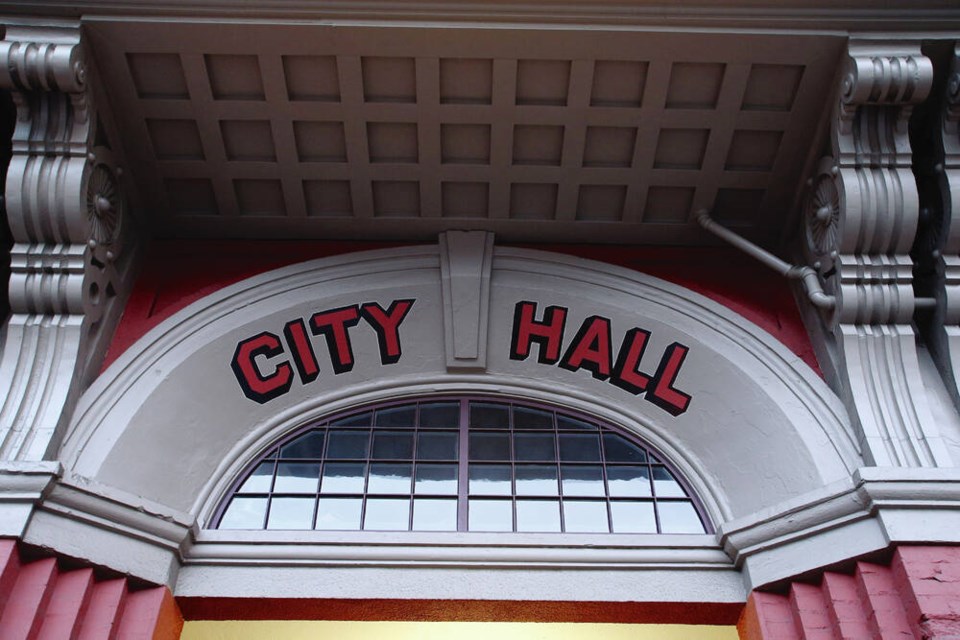The public will have a chance to weigh in on the City of Victoria’s proposed “missing middle” housing initiative after council’s committee of the whole voted Thursday to advance the project to a public hearing.
An open house will be scheduled before the hearing on the initiative, which proposes to change bylaws and land-use regulations to allow new forms of housing, and to give staff the power to approve permits for some developments.
Council was split 5-4 on whether to go ahead with the change, with councillors Charlayne Thornton-Joe, Ben Isitt, Sharmarke Dubow and Geoff Young voting against.
Even those councillors who supported it Thursday had reservations about the program, though they felt it was important for the public to have a say.
Mayor Lisa Helps said the city is mired in a housing affordability and supply crisis — the biggest housing crisis it has ever faced. “We at this table and those who came before us have never overhauled the city’s residential zoning process to catch up to the current reality,” she said. “We have to act.”
The goal of the missing-middle housing program is to increase the number of housing options in Victoria so families can stay in the city, while reducing dependency on cars and ensuring new housing developments suit the character of neighbourhoods and preserve heritage. The city intends to do that by amending bylaws, land-use procedures and official community plans to permit infill, houseplexes and corner townhouses in some neighbourhoods.
They also recommends allowing staff to approve permits for projects that comply with all design guidelines and zoning, in hopes the time saved by not requiring council approval would reduce costs for consumers.
Helps said it’s time for the public to have its say on the initiative.
“We need to take this conversation out of our inboxes and into the public realm so that everyone can hear each other’s stories and circumstances,” she said. “And although I really don’t want to see this initiative fail at all, if it has to fail, I think it should fail at a public hearing or be postponed a public hearing or sent back for revisions at a public hearing rather than here on the committee floor.”
Helps said new forms of housing won’t cure the housing crisis, but taken along with a suite of other programs, it could start to make a difference. “It’s only one piece of a really complex puzzle,” she said.
Coun. Jeremy Loveday said the initiative is a step in the right direction in terms of making sure all neighbourhoods can be home to people from different backgrounds, incomes and walks of life.
“And in terms of the creation of townhouses and houseplexes, I think this is a way to sensitively infill neighbourhoods that for years now have not been available to many people on different parts of the income spectrum,” he said.
Coun. Stephen Andrew, who voted to move the initiative forward, agreed the city has to do something, though he expressed concern about the effect of increasing density on some neighbourhoods.
Coun. Marianne Alto said creating new townhomes in traditional single-family neighbourhoods could free up units in lower-cost housing. “It does fit into that transitional piece, around the continuum of housing,” she said. “And while it may not be directly affordable, it will create some additional affordability in other existing units.”
But Young said fears residents have about infill townhomes and multi-unit projects are justified, because in the past, the city has not adequately closed off loopholes and some developers, in turn, have exploited them to build bigger and more intrusive buildings.
“I think it will produce very large buildings that will, in a sense, exploit the public realm in that they will, in some cases, tower over the adjoining buildings and exploit the availability of street parking,” he said.
Isitt said he has “no interest” in moving forward on a missing-middle proposal that’s missing affordability.
Thornton-Joe said the fact the committee spent more than four hours asking questions about the proposal Thursday, shows there is still a lot to debate and it’s not yet ready for prime time.
She amended the proposal to require a public open house before the public hearing so people can get a better understanding of the initiative.
The proposal was also amended to increase development fees for new projects to $10,000 from $5,000 for developments up to six units, and to $13,000 from $8,000 for projects with between seven and 12 units.
aduffy@timescolonist.com



